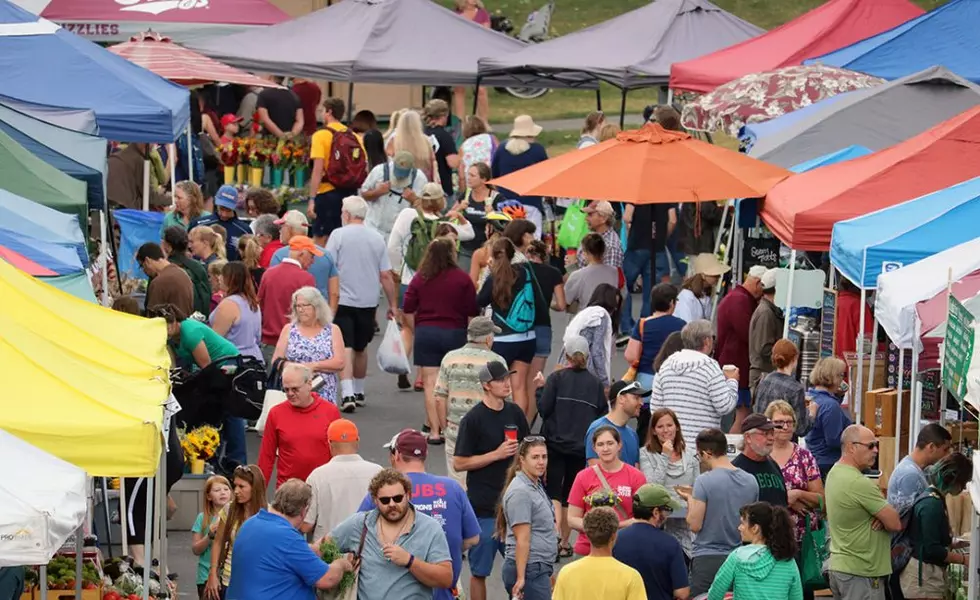
Report: Montana food economy supports $158M in sales, but processing still lags
(Missoula Current) The details of a new report released Thursday found that food grown locally in Montana supports $158 million in retail sales across the state's wider economy, but the state remains challenged in terms of processing what it raises.
The report, “Economic Value and Impacts of Local Food in Montana” was compiled by Highland Economics and released by the Grow Montana Food Policy Coalition.
The report evaluated the economic value of local food which, by definition, is food produced and consumed in the state without ever leaving the state for finishing and processing elsewhere.
“The study delivers a comprehensive look at the Montana food value chain,” said Jan Tusick, director at Mission Mountain Food Enterprise Center in Ronan, and a member of Grow Montana’s steering committee. "The study will be a critical tool as we continue to build local food economies and the economic benefit to our Montana communities.”
The demand for local food has increased in recent years, both nationally and in Montana. Sales of local farm products totaled nearly $12 billion in 2017 across the county, up from $8.7 billion in 2015.
In Montana last year, farmers markets received $17.3 million in revenue and generated an additional $10.4 million in new spending from resident wages, tax payments, sales and investments that occurred as a result of farmers markets.
“Visit any farmers market in the state where Dixon Melons are set up for the day and you'll see the demand for local food is real,” said Maura Henn, a coordinator for Grow Montana.“People line up around the block for a chance to buy fresh food direct from the farmer.”
The report estimated that of the $158 million total food sales in Montana, around $118 million comes from sales at stores, restaurants and processors. Direct sales to consumers, including markets, farm stands and local food subscriptions account for $40 million in local food sales.
The industry supports more than 1,100 jobs in the state and provides $31.9 million in labor income.
But the report also found areas of weakness, including the state's ability to process local food. Montana employed 3,000 people in the food-processing sector in the 1950s, and while the population has since doubled, only 2,600 people are employed today.
Reliance on outside processing also remains a factor, especially in the ranch sector. While the state is known for animal production, most of the meat consumed in the state is imported (or re-imported) after it is finished and processed elsewhere.
In one recent scenario, the Missoula Current followed a calf from a Montana ranch that was grass fed, then shipped off to a Nebraska feed lot for finishing before it was shipped to Colorado to be butchered.
“Coalition members have seen on-the-ground evidence that there is less processing in state, a reliance on out-of-state processing, especially for beef, and that local farmers are getting less money for what they produce,” said Henn. “Now we have numbers to support what we suspected, and this helps us see what is possible in terms of moving the needle toward increasing local food sales and consumption.”
